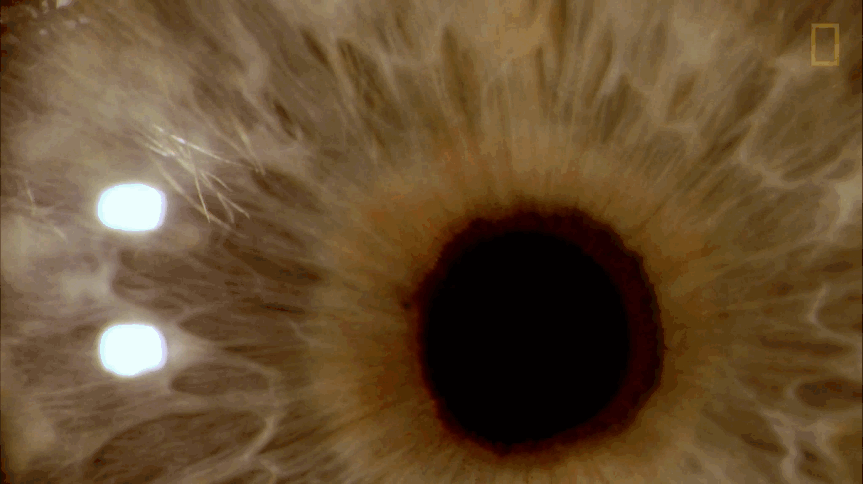If seeing well isn’t enough of a priority, here’s a better reason to get your vision checked regularly: A third of all known genetic syndromes can affect your eyes.
Your eyeballs can show signs of diabetes, nutritional deficits, cardiovascular disease, and nerve damage, to name a few.
Here are some of the things ophthalmologists look for during an exam.
Abnormally shaped or colored blood vessels can show signs of cardiovascular disease such as high blood pressure. Ophthalmologists can even see individual red blood cells flowing through the capillaries — tiny blood vessels — in the eye.
Stress can take a toll on your eyes, just as it can on the rest of your body. According to Adams, “Stress causes cells behind the eye to leak fluid, like having a blister in the retina.”
Here’s what that painful-sounding disorder can look like:
In the eye below, a brown halo surrounds the pupil — the opening at the center of the eye that looks black — a disorder called posterior synechia. The condition occurs when the colored part of the eye, called the iris, gets attached to the eye’s lens, which lies through the pupil.
It’s often an indicator of inflammation elsewhere in the body.



